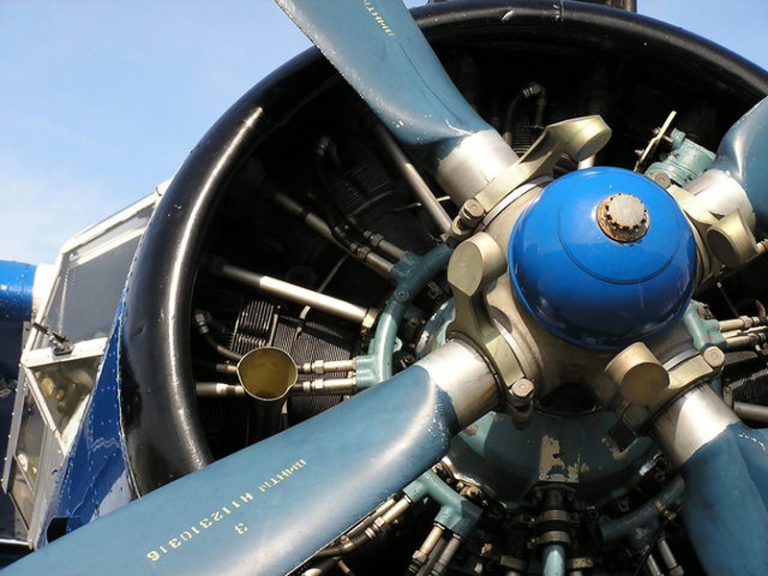Property Launches & Investments
This is some blog description about this site
Singapore’s Soaring Aviation Industry
- Font size: Larger Smaller
- Hits: 616
- 0 Comments
- Subscribe to this entry
- Bookmark
When you think of Singaporean industrial and economic success stories, it is unlikely that aerospace and aviation will be the first things that come to mind. That is something that may well change however as it continues to go from strength the strength, and becomes an ever more important factor in the nation’s future and economy.

Though there are obvious cross overs, it is easier to look at the industry as two distinct sectors – aerospace and aviation, and for the purposes of this article we will consider aviation as centred around Changi and public transportation, and aerospace to cover the commercial and engineering side of things, especially the maintenance, repair and overhaul of aircraft parts and engines.
Aerospace
Located in and around Seletar airport, the Seletar Aerospace Park covers 300 hectares, and is home to some of the biggest names in the industry such as Rolls Royce and Pratt & Whitney, but also many small and medium sized local companies. In all, the park employs more than 5000 people across 60 businesses located in 3 high rise office blocks and 14 factories. Since work began in 2008, the park has gone through 3 stages of development. Currently there are still 60 hectares available on the site for development, but such has been the success, and the prospects for further growth, that new sites are already being considered for further clusters to be built.
The aerospace sector makes up more than 2% of the nation’s economy, and Singapore is seen as the leading player in Asia, though competition, particularly from Vietnam, Malaysia and Indonesia means that it cannot rest on its laurels.
Aviation
Most of us see Changi Airport simply as somewhere we go to when going on holiday, a business trip, or as the first place we see when returning to Singapore. It is so much more than that however, and is an essential part of an industry whose impact on the nation’s economy cannot be overstated. Terminal 4 will open later this year, with Terminal 5 – a huge project, looking like it will come online towards the end of the next decade. When that happens, the airport will be able to handle as many as 135 million passengers a year, compared to the 66 million today.
In a recent report, the International Air Transport Association (IATA), stated that the aviation industry in the Asian region as a whole is set to expand enormously over the next 20 years. It expects that by 2030, more people will be flying from, to and within Asia than Europe and North America combined. The report highlighted the need for governments to take advantage of this growth citing Singapore – which has invested billions of dollars into new facilities and infrastructure – as the perfect example.
Among the initiatives that have been set up are two SkillsFuture Earn and Learn Programmes. Devised and rolled out by the Civil Aviation Authority of Singapore (CAAS), the programmes, for both passenger service agents and ground operation specialists aim to expand the breadth and depth of talent for the sector on the island.
Currently the aviation industry in Singapore provides 0.32 million jobs, and contributes US$30 million to the GDP. The IATA report predicts that these figures, by 2035, will have increased to 0.7 million and US$65 million respectively. The air industry also has a massive indirect impact on the country’s fortunes, in terms of business and tourism, and the benefits and income associated with those.
